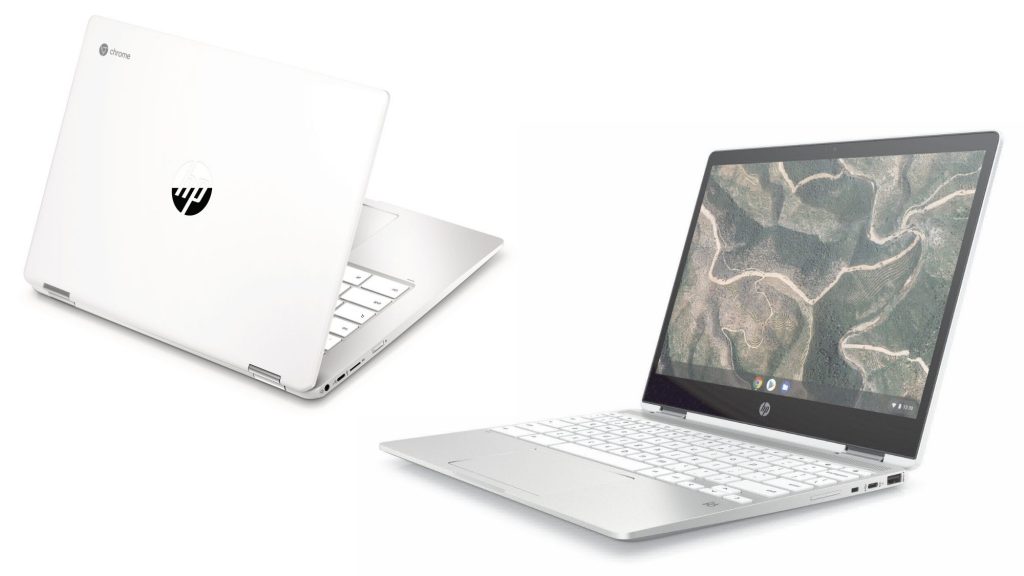
With so many laptops on the market today, it is easy to get confused by various names and lines. Knowing the difference between the most popular laptops is very important, especially if you are shopping for one of the models mentioned in the title. They might not be as technologically advanced as some high-end laptops, but they still belong to excellent premium to mid-range laptops that will be very useful for everyone.
Okay, here’s your guide to all things ‘Book.
ChromeBook: Chromebooks are lightweight computing devices that run Google’s ChromeOS. In general, the goal of a chrome book is to be a low-cost computing device that saves a portion of its costs by not running windows. They’re good for basic productivity but in general use more apps than full-up software suites. Several companies manufacture Chromebooks including Asus, Acer, Samsung, and many others.
Ultrabook: Ultrabook in an Intel specification for high-end, lightweight laptops. They have maximums for weight and thickness, minimum requirements for battery life, and run Intel’s low-power CPUs. Ultrabooks are generally high-performance premium laptops. Like ChromeBooks, they are made by multiple manufacturers. Unlike ChromeBooks, Ultrabooks run Microsoft Windows and full-up software suites.
ProBook: ProBooks are an HP-specific products. Just like Lenovo’s “ThinkPad” this is just a brand name for a category of laptops that are generally marketed for business purposes. There is a large amount of customization within the ProBook line. They run Windows and like Ultrabooks, use full-up software suites.
MacBook Air: A Macbook Air is, effectively, a small form factor Ultrabook, manufactured by Apple and running MacOS. Unlike Ultrabooks, only Apple makes MacBooks, and unlike Ultrabooks, MacBooks run Apple’s operating system. Much of the software that runs on Windows is available for MacOS, though there are things that are not available on MacOS. There are also some software packages that are available on MacOS that are not available on Windows.

